
Nintendo remained the only developer that seriously believed great games could be done on the Nintendo 64 (N64) and to finally prove it they decided to produce one of the most epic Role Playing Games (RPGs) ever made and let the consumers decide. The Legend Of Zelda: Ocarina Of Time was to surpass the experience of any of the latest RPGs even without redbook audio soundtracks and full-motion video. After constant delays, many in the industry doubted the game would have much impact no matter how good it was. The only one who believed was game producer Shigeru Miyamoto (and the 200 people at EAD working on the project.


Ocarina Of Time is Nintendo's answer to every question ever asked about video games and video game design. Miyamoto and his team created an imaginary world called Hyrule and invited us to all come play in it. When you first start Ocarina Of Time, you're given a quick tour of a small part of the world, the Kahri Forest, through the eyes of a fairy. It flies over trees, through undergrowth and over the Kahri Village until it gets to Links house. In that one intro we are given a sense of the scale of this world and its shear beauty. The colors of the forest and earth are rich and lush. Not only does this opening offer a nice cinematic feel, it also pulls the player into this world


One of the finest moments of the game is when you leave the Village after the first mini adventure. There is familiarity when you watch him leave his friend behind and go off into the world. The emotion wasn't built in that one scene, it was built from the beginning through all the character interaction. The cut scenes are always used to push home the emotion that's built while playing and as the game progresses. Nintendo certainly was not stingy on the game's graphics. Pre-rendered backgrounds are used in all towns. Every house and every shop are simply beautiful. They look like real 'old-world' homes and that only compliments the beautifully rendered town and the lush environments. Panoramic views are the norm as to further convince you of the size of you world and your quest. They are a wonder simply because of the limitation of the medium.


The main draw however is the brilliant game design and gameplay. Ocarina Of Time is simply a joy to play. Control becomes instinctive rather quickly. You are always learning new moves but they are paced throughout the game so they quickly become second nature before you really need them. Miyamoto has included a new auto-locking feature. Using the Z button you can lock onto an enemy, move around the environment freely and still land attacks on the enemy. This one addition solved the problem developers were stuck with when dealing with interaction in a three-dimensional world. Also worthy of mentioning is the use of the Ocarina. This musical instrument is instrumental (pun intended) to getting through the game. Using six different notes, the player can open doors or move objects or even change night to day. If he or she chooses there are even mini games where you play with other musicians throughout the game. It is one of those treats that great designers leave for the player.


A big knock against Nintendo was that the limited space of cartridge medium and the lack of a dedicated sound chip resulted in games with sub par audio. Frequently compared to their competitor's CD-ROM based systems blessed with dedicated sound chips, the Nintendo 64 looked underpowered and more outdated. To save space and processor power, developers looped music adnauseam and sound effects sounded hollow and repetitive. Nintendo seemed determined to change all that.


Ocarina Of Time shows that Nintendo had put that the 3 years that went into the game to good use. The music is the best I've ever heard on the system. Nintendo needed to be choosy about what went in the game and subsequently chose only music that would advance the story or mood. From the tranquil opening theme that accentuates the lonely figure of Link on his horse to the heart-tugging background melody when Link first leaves the Kahri Village. They are all perfect examples of using music to draw the player into the game. But it gets better. Hyrule is filled with all the ambient sounds you'll find in the real world. Birds sing in the background, crickets chirp, there is always the faint sound of flowing water. Anything that would provide mood was tossed in and used perfectly. This is all possible because Ocarina Of Time was provided in surround sound. A first for the N64 and it's definitely the game to debut it in.


Ocarina Of Time tops all comers in its emphasis on exploration and discovery. Traveling through the Land of Hyrule, I was blown away by the depth of the land. Far away building looked distant and it could take several real-time minutes to walk from one end of the land to the other. In between were constant surprises. It you got off the beaten track there was the chance you'd find a small stream or lake or hidden cave. You never know what's around any corner. But for being daring and curious you are usually rewarded. Or later in the game you'd run into random characters that could offer a player a welcome diversion.


On your quest as you travel from town to town, fortress to fortress slaying enemies and solving puzzles, you do encounter boredom. Yes even Miyamoto couldn't get past that. But his genius is evident in the solution. You don't need to play the game all the way through in a certain amount of time, if you want a break, there's no need to turn off the game, simply take part in one of the many mini-games. Feel like horseracing, you can do that, feel like just leisurely riding horseback, you can do that too, if you feel like up for a game of archery or fishing you can do that too. Offering the player the freedom of how to proceed during the game is amazing and adds to the whole enjoyment when you can play at your own pace.


There are some negatives like dithered textures and repeated dithered textures on top of that. The lack of a jump button also takes some getting used to but none of this is major. It is all outweighed by the all the wonderful ways that Ocarina Of Time excels. Ocarina Of Time is the game that Miyamoto has always dreamed of making. He and his team got together and dreamed up a living breathing world and successfully crammed it onto 32 MB of silicon. While game designers these days migrate towards gore and violence, Miyamoto has made a name for himself (and quite a bit of money for Nintendo), creating fun games that transcends all age groups and are cherished for generations. His genius is further proven when others trying to copy his style fail miserably. High praise goes to them for also managing to fit joy, creativity and discovery into the game and doing so without the use of Full-Motion Video (FMV) and the CD soundtrack his critics said was needed. This game is simply the most complete experience of any game ever made making Ocarina Of Time the game I've always dreamed of playing.


Packaging

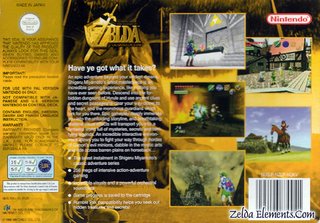

Official Artwork



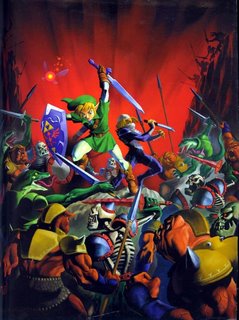
Characters

Link, the boy destined to become the Hero Of Time, was born a Kokiri. A war forced his endangered Hyrulian mother to abandon Link in Kokiri Forest when he was very young, and because of his Hyrulian lineage, he always seemed different to the other children of the Kokiri.The arrival of Ganondorf upon Hyrule led to the death of The Great Deku Tree, the life force and protector of Kokiri Forest. Despite Link and his new fairy companion, Navi's best efforts, they could not stop Ganondorf's curse. It was then that the boy of ten years was thrown in a quest to save his country from the grasp of the vile Ganondorf. It was soon apparent that such a young boy was not going to be able to defeat Ganondorf. Link was put into a deep sleep for seven years, and when he woke found that all too much had changed. Ganondorf had taken over Hyrule, twisting his evil into every nook and cranny. Link, a child in an adult's body, sought to awaken the seven sages, and with their help he sealed Ganondorf away in the Sacred Realm. Link had become the Hero Of Time, a legend to be passed on down the generations. He was sent back to his own time by the Princess Zelda, where he would embark on further adventures.

When Princess Zelda was very young, she possessed mystical powers. She could sense the evil inthe King's new servant, Ganondorf, when her father could not. Her fears were justified when Ganondorf tried to kidnap the Princess. Impa saved her from this fate, however, and escaped with Zelda on horseback. Over the years Impa showed Zelda the magical ways, and Zelda learned how to change her complete appearance. It was because of this ability that her alter-ego, Sheik, was created. She eluded Ganondorf for years with her new-found powers. She helped Link along on his journey by teaching him melodies for the Ocarina that she gave him seven years ago. Her journey as her alter-ego came to a climax in the Temple of Time where she revealed her true identity. Ganondorf found her and imprisoned her. In Link's final battle, where Ganondorf was defeated, Zelda was released and the two fled the castle together. Zelda then helped defeat the newly formed Ganon with her magical powers. It was her rightful duty to send Link back to his own time, but the two met again, and Zelda taught him the Song Of Time. It is not known if they ever met each other after this...

Every 100 years, a male is born into the Gerudo family. Ganondorf Dragmire was such a male, but he was no ordinary male. The Gerudo pirates may be thieves, but they are not evil. Ganondorf, though, was the very meaning of the word, and was destined by the Triforce of Power to bring Hyrule to its knees.The Dark Prince earned the trust of the Hyrulian family and became on of the King's servants. He had fooled all, except a certain Princess. When Link disappeared for seven long years, Ganondorf rained his evil across Hyrule. He froze the water in Zora's Domain and attacked the children of the Kokiri. His reign came to an end when Link broke through the magical barriers to his castle. A fight took place at the top of it, where Link defeated the Dark Prince. With his remaining power and might, Ganondorf sent his castle crashing down. From the rubble emerged his more powerful, yet more primitive alter-ego, Ganon. Trying to use brute force to destroy Link didn't work, and with the power of the seven sages and a final blow with the Master Sword he was banished to the Sacred Realm...

Daurina is the King of the Gorons. He became an enemy of Ganondorf when the Dark Prince blocked off the entrance to Dodongo's Cavern, and therefore cutting off Goron City's supply of food: bomb plants. When Link retrieved the city's Goron Ruby from the depths of the cavern, he and Daurina became sworn brothers. Then, seven years later, Link returned to Goron's City to find it deserted, bar a young Goron named Link. Daurina was imprisoned in the Fire Temple when Link freed him and his Goron allies. After the two of them escaped the Temple, and peace was restored to the Goron people, Daurina and Link became sword brothers

Epona was looked after by Malon, Talon and Ingo on Lon Lon Ranch right from birth. As a young pony, she was introduced to a young fairy boy named Link. They didn't exactly hit it off, Link spent most of his time chasing her around the field! One day, Epona's world began to change. Under the new management of Ingo, the Ranch became a decidedly more unpleasant place to be. Years past, but one day a familiar face returned. Aged, Link competed in a race for Epona and won her. For the rest of Link's adventure, the two formed a bond as two survivors of Ganondorf's regime, and worked together to end it.

Impa, the last of the Sheikiah race, acts as Zelda's maid. She is her protector against all harm and is someone that Zelda trusts and confides in. When Ganondorf tried to kidnap Zelda, Impa was the one who saved her from harm. She spent years teaching the young Zelda the ways of the Sheikiah, until Zelda was able enough to change even her appearance. No one knows what happened to Impa after Link returned seven years later after his disappearance, however...

Kaebora Gaebora is an owl being, but he is said to be the reincarnation of a sage. He is a wise old owl who helps Link on his journey to becoming the Hero Of Time. They first meet when Link leaves the safety of the Forest, and it is of great comfort to him to see a friendly face in this huge new world.

Talon is the lazy, overweight owner of Lon Lon Ranch. That isn't to say he's a bad man, far from it. He just likes to snooze every now and again. Malon is his daughter, and she introduced Link to Epona. Even in her younger incarnation, she does most of the work around the farm, especially when it comes to horses. Ingo, the hired help around the place, doesn't help her because he doesn't have any time for work when he puts so much effort into moaning.

Mido has many ill-feelings towards Link. He thinks that he is the greatest of all the Kokiri, and deserves to be the favourites with The Great Deku Tree and Saria, but it ends up being Link who takes both titles. What Mido doesn't know, however, is that Link has a destiny to move on to greater things, but knowing Mido, it's best he doesn't find out...

Unlike Zelda, Princess Ruto is anything but modest about her position as daughter of the King Zora. For instance, when the poor girl gets swallowed by a cursed Lord Jabu Jabu, she doesn't exactly help Link in her own rescue. For this reason, Link spends a lot of his time inside the great fish's belly carrying Ruto around. However, she obviously falls for his charm when they succeed in escaping because she asks for his hand in marriage

Saria, Link's best friend for many years, has to bid Link a tearful farewell when Link heads off into Hyrule. She leaves him with a gift, the Fairy Ocarina. Seven years later, however, they are reunited. Saria, the Forest Sage, is awakened by Link and helps with the imprisonment of Ganondorf.


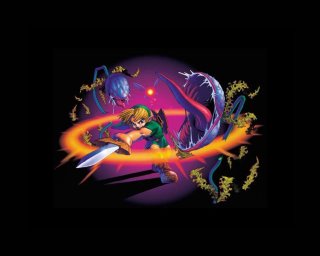
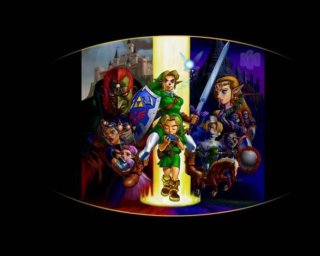
May the legend continue...
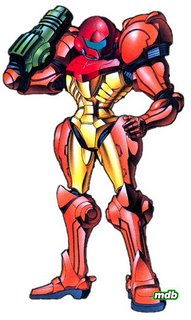




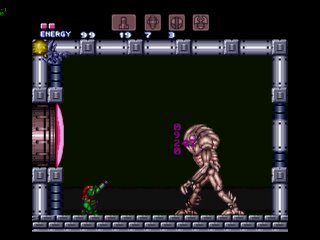
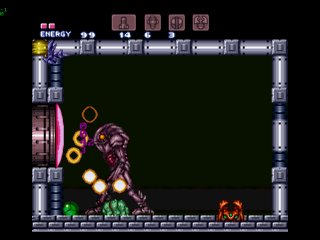


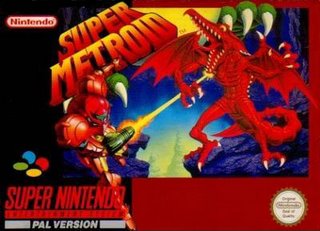
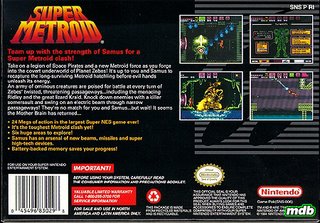
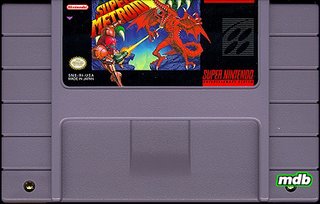

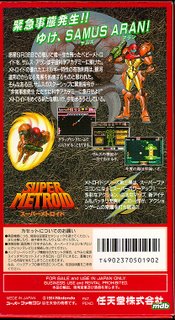
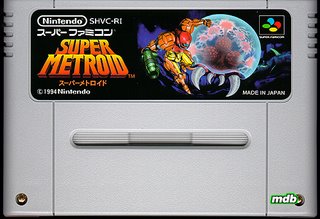


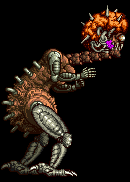







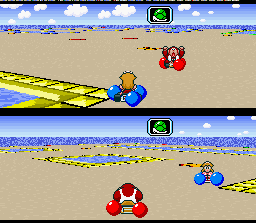

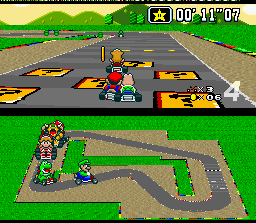








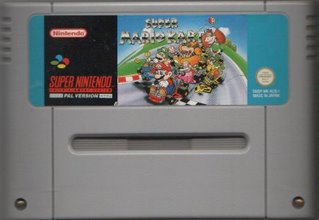




























 Every 100 years, a male is born into the Gerudo family. Ganondorf Dragmire was such a male, but he was no ordinary male. The Gerudo pirates may be thieves, but they are not evil. Ganondorf, though, was the very meaning of the word, and was destined by the Triforce of Power to bring Hyrule to its knees.The Dark Prince earned the trust of the Hyrulian family and became on of the King's servants. He had fooled all, except a certain Princess. When Link disappeared for seven long years, Ganondorf rained his evil across Hyrule. He froze the water in Zora's Domain and attacked the children of the Kokiri. His reign came to an end when Link broke through the magical barriers to his castle. A fight took place at the top of it, where Link defeated the Dark Prince. With his remaining power and might, Ganondorf sent his castle crashing down. From the rubble emerged his more powerful, yet more primitive alter-ego, Ganon. Trying to use brute force to destroy Link didn't work, and with the power of the seven sages and a final blow with the Master Sword he was banished to the Sacred Realm...
Every 100 years, a male is born into the Gerudo family. Ganondorf Dragmire was such a male, but he was no ordinary male. The Gerudo pirates may be thieves, but they are not evil. Ganondorf, though, was the very meaning of the word, and was destined by the Triforce of Power to bring Hyrule to its knees.The Dark Prince earned the trust of the Hyrulian family and became on of the King's servants. He had fooled all, except a certain Princess. When Link disappeared for seven long years, Ganondorf rained his evil across Hyrule. He froze the water in Zora's Domain and attacked the children of the Kokiri. His reign came to an end when Link broke through the magical barriers to his castle. A fight took place at the top of it, where Link defeated the Dark Prince. With his remaining power and might, Ganondorf sent his castle crashing down. From the rubble emerged his more powerful, yet more primitive alter-ego, Ganon. Trying to use brute force to destroy Link didn't work, and with the power of the seven sages and a final blow with the Master Sword he was banished to the Sacred Realm...











